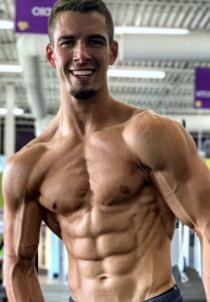How To Squat Properly
Get Deep & Get Gains!
The squat is one of the best exercises of ALL TIME! If you’re looking to build bigger, stronger, better legs, you need to be squatting! The squat is a staple of mine on leg day, whether I do them at the beginning or end of my workout. You better believe I’ll fit them into my lift one way or another! Doing these correctly will benefit your body and improve other exercises as well. Let’s learn how to squat!
Feet Placement
Where you place your feet is going to be huge when you’re squatting. Any form of squat is going to be hitting most of the muscles in your legs, however, some positions/feet placements just target specific areas better than others!
The closer you have your feet together the more outer quad you’re going to hit.
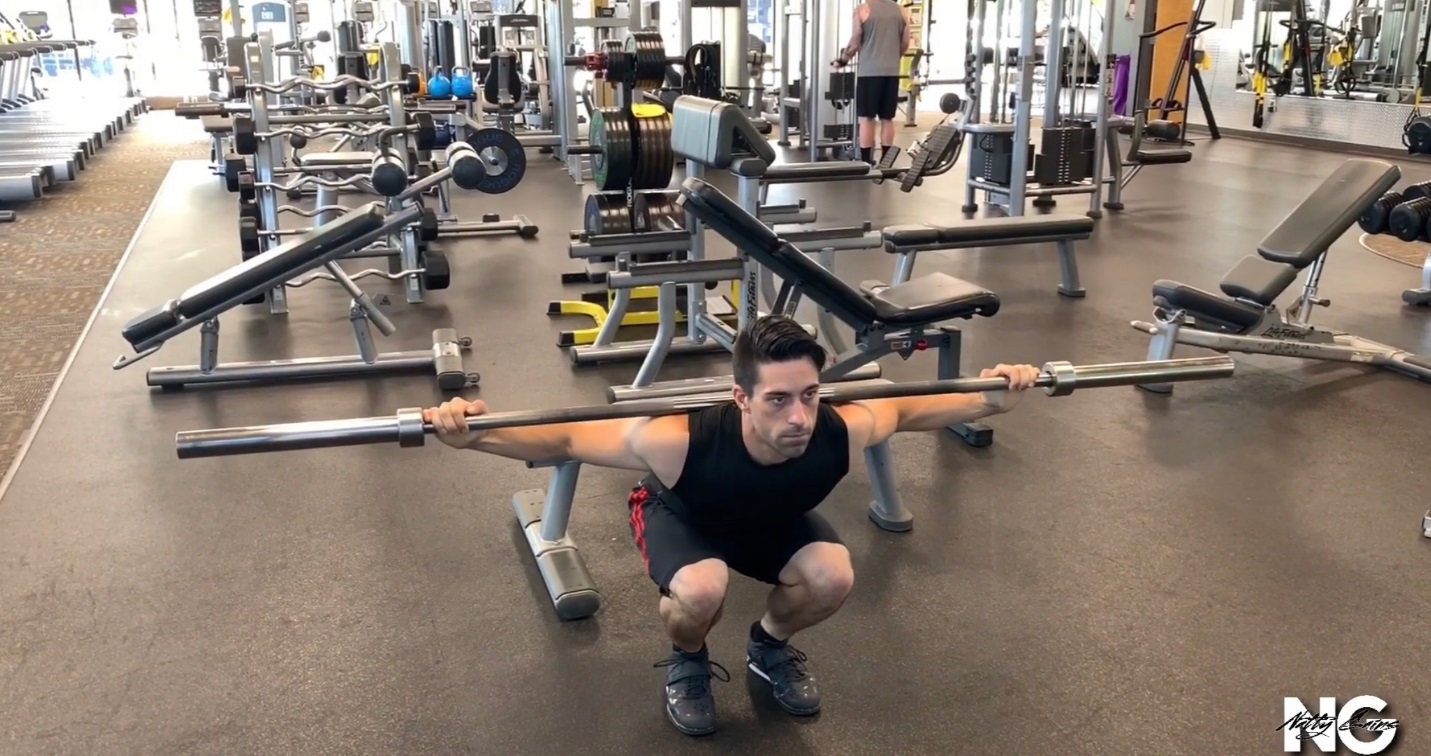
When your feet are close to shoulder width apart and your feet are slightly pointed outward is when you’re going to be hitting a little bit of everything (this would be my recommendation to beginners).
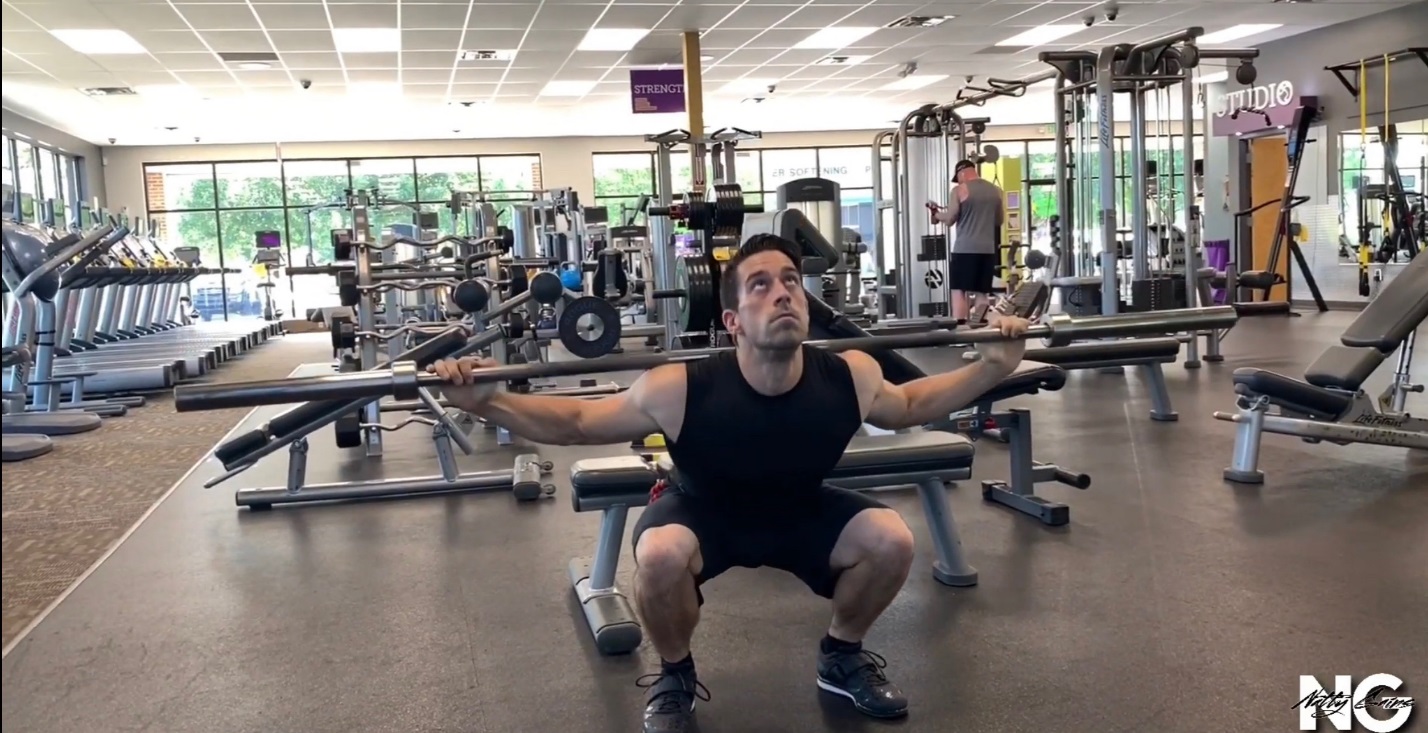
When placing your feet out wide in a sumo position (wider than shoulder width), you’re going to be targeting more of the inner quad, tear drop, hamstrings, and glutes.
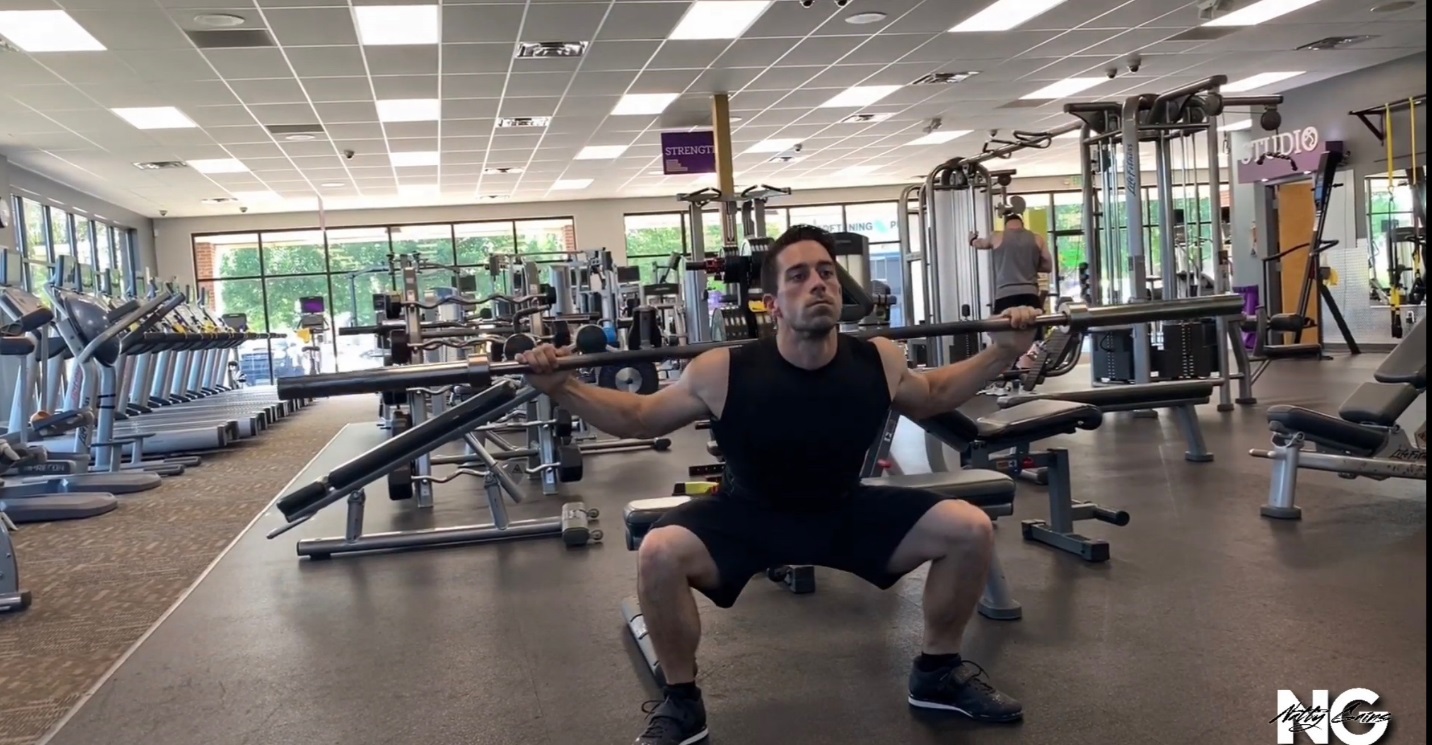
Range Of Motion
You don’t want to be that guy in the gym who throws on way too much weight and only does knee bends! This isn’t going to benefit you at all. Make sure you have the right weight on the bar that you can perform the exercise with correct form on all reps. The form is more important than the weight you are lifting. No EGO LIFTING!
First off, you want to make sure you’re not rounding your back when squatting. This is a good way to get injured. Keep your head looking straight or slightly upward with your chest facing up towards the wall (don’t drop the chest) and pretend you’re sitting back in a chair. The goal is to get your legs below a 90 degree angle. This is going to be the perfect depth to ignite those muscles. Once you hit that depth, you want to explode back upward pushing the weight through the heels of your feet. You should never be pushing the weight through your toes (this will cause you to want to lean forward and break your form).
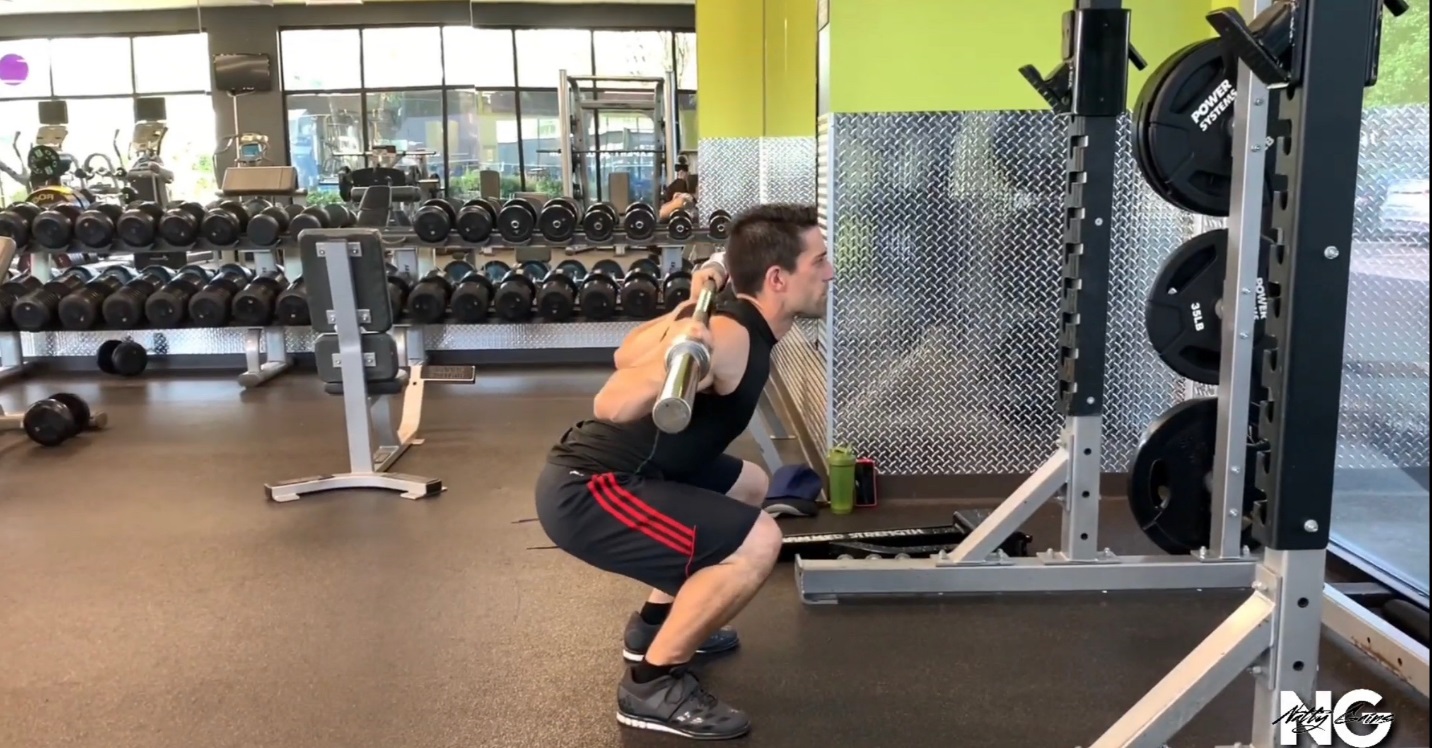
What Shoes Should You Be Wearing?
The kind of shoes you wear is actually a big deal when squatting correctly. You want to be able to have a solid base and be grounded to the floor. Your typical gym shoes or running shoes with soft cushions on the heel are a no go! This doesn’t allow for a solid base and increases your chance of getting injured.
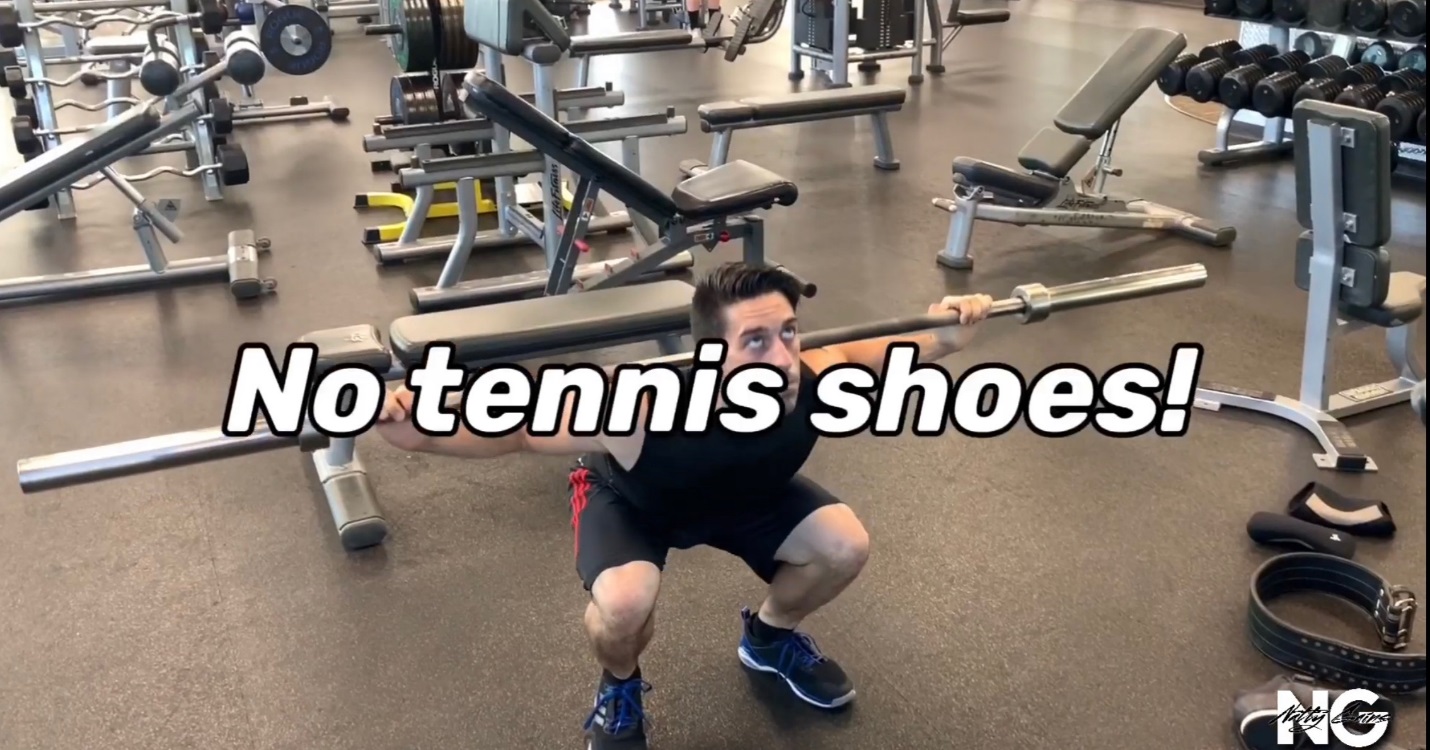
There are 3 different options we prefer, but really the preference is up to you…
- Barefoot. Sometimes taking your shoes off and just squatting in your socks is a great option. Your feet are solid and planted on the gym floor allowing you to drive that weight through your heels.
- Any hard sole flat shoe like Converse or Vans. Same reason as barefoot (planted to the ground).
- Lifting shoes with a slight heel raise. A solid base with strong ankle mobility is key. Having the heels elevated will allow for decrease range of motion at the hip and allow for more range of motion at the knees. This allows for more quadriceps to be used. That means extra GAINS!
Squatting Accesories
Squatting accessories such as belts or knee sleeves are just for extra support. They are definitely not a requirement for a perfect squat, but they can help with form, increasing weight, and helps to lower the risk of injury!
Knee sleeves will help you come back up out of the bottom of your squat while taking some pressure off of your knees. These also help you stay engaged in the range of motion and keep your form tight.
The lifting belt will help you activate your core more by pushing your abs against the belt while relieving pressure from your lower back. Your core should always be engaged while squatting (and any other major compound exercise). The belt will also help you keep better form while relieving the stress from your spine and keeping your core engaged. This allows to keep your chest up, back straight, and a nail a solid squat!
These squatting aids aren’t crutches at all, they are designed to help you with your overall form.
Bar Placement
Where you place the bar is very important when squatting. This is where we will address “high bar” and “low bar”.
High bar – Some people prefer to place the bar right on the top of their traps (this is our typical preference) while keeping my elbows down and tucked. This allows for a solid base and connection with the weight to move it properly!
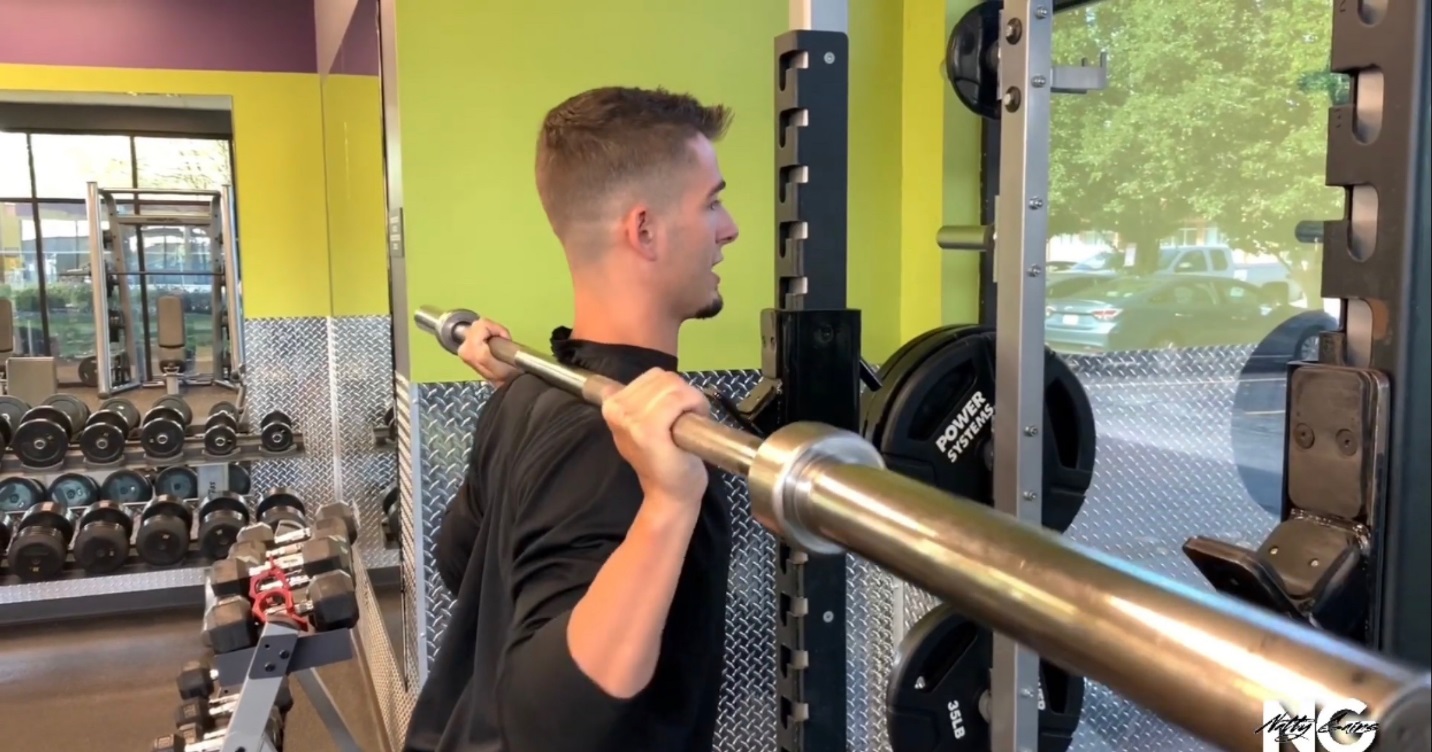
Low bar – This is when you place the bar slightly lower around the bottom of your rear delts. This will lead to you leaning slightly more forward (still keeping your chest straight and not rounding your back) and allows for more weight. This is normally the stance powerlifters prefer to squat in.
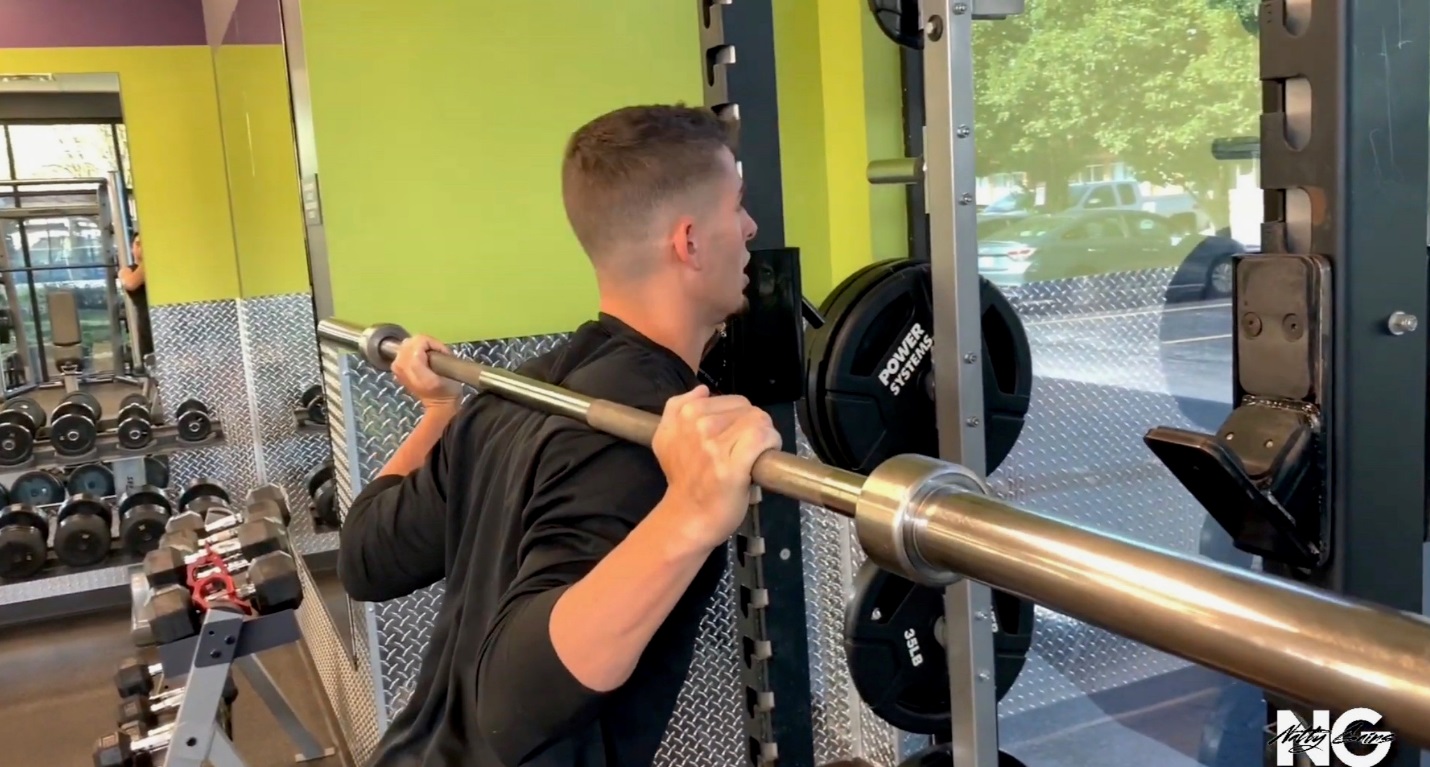
Conclusion
At the end of the day the preference is up to you! After a quick little squatting lesson, you should be ready to hit the racks! Don’t skimp out on one of the Kings of lifts! Have fun and build some LEGS!






